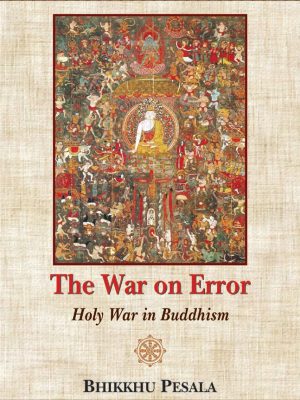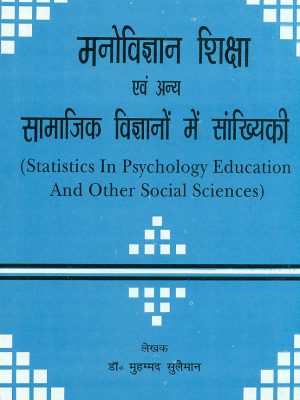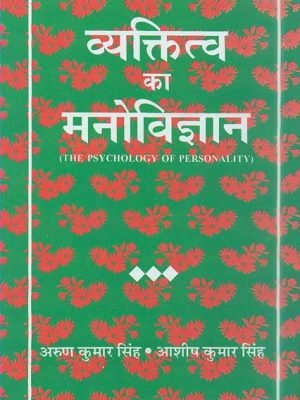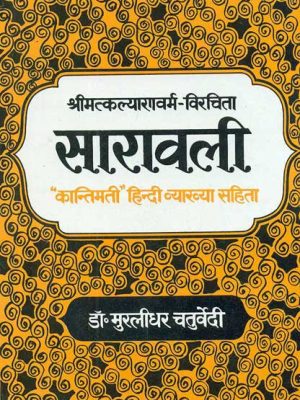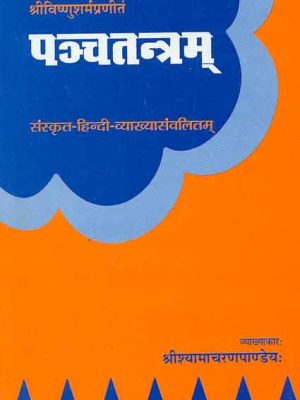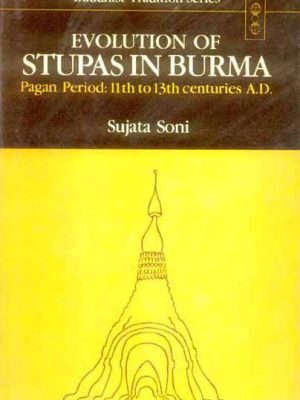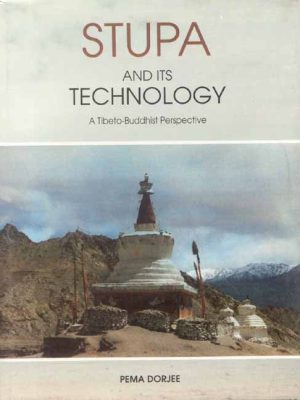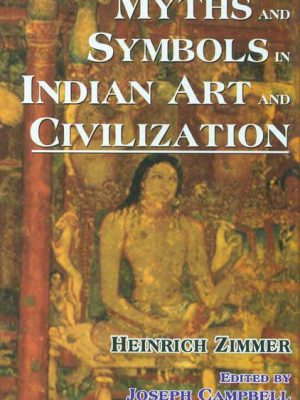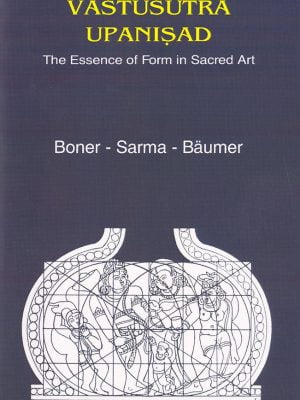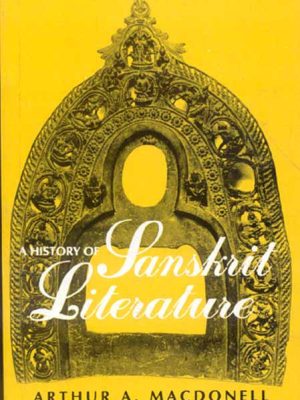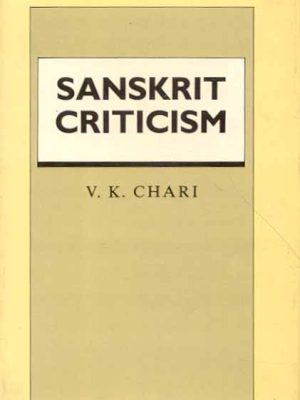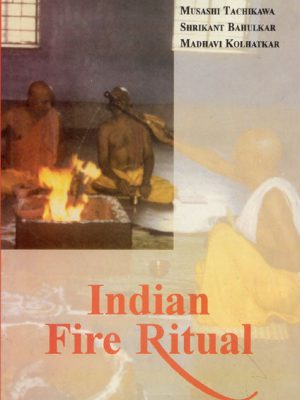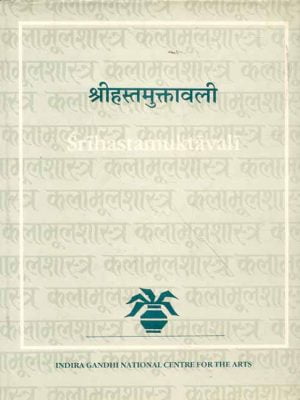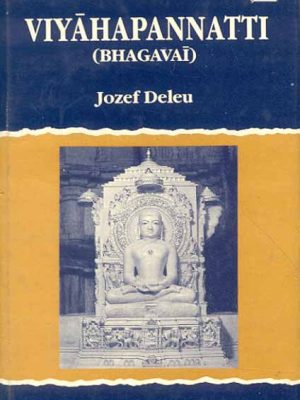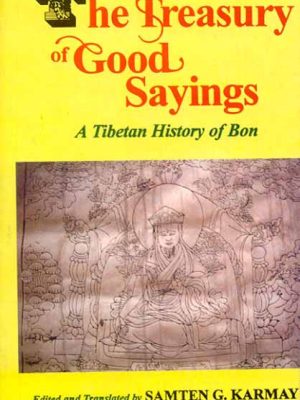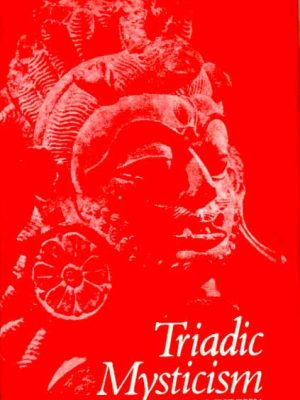Motilal Banarsidass
-
Evolution of Stupas in Burma: Pagan Period: 11th to 13th Centuries A.D.)
Evolution of Stupas in Burma: Pagan Period: 11th to 13th Centuries A.D.)
This work is the outcome of painstaking research on the evolution of stupas in Burma, Pagan Period, 11th to 13th centuries a.d. Burma known as the land of pagodas is nowhere so rich in the number of pagodas as in Pagan. The stupendous vastness of the ruins reminiscent of the glory that was of Pagan
in its heyday inspired this study. The evolution traced back to the beginning of the stupa structure in India, deals with the various architectural phases (duly illustrated) it passed through ending with the final stage in the Rhwedagum Pagoda in Rangoon (Burma). Apart from the material side of the study, there is the need of looking into the aesthetic and spiritual side of the evolution. That religious architecture is a barometer of the material prosperity and social outlook of the people,
besides being the handmaid of the spiritual aspirations of the devotees, is amply discernible in this study.
The value of the art survey in this work is further enhanced by the inclusion of over 138 photographs. Moreover, besides the magnificent Pagan art, it gives a comparative view of the religious architectual development in the Asian countries contemporaneous with the Pagan Period.
₹595.00 -
Stupa and Its Technology: A Tibeto-Buddhist Perspective
Stupa and Its Technology: A Tibeto-Buddhist Perspective
Among all the religious monuments of the world, the stupa has the longest
uninterrupted historical development. Though modelled after the Indian
prototype, the stupa architecture was developed in all the countries where
Buddhism had flourished. Over time, the structural shape of the stupa
underwent significant modifications in India and the other Asian Buddhist
countries.
The present study shows how Tibet became a treasure house of Buddhist
culture and literature–highlighting important texts dealing with stupa
architecture. Various ritual activities associated with the construction of
the stupa are described along with the eight fundamental types of
Tibeto-Buddhist stupas and their main structural components. A survey of
the stupas found in the upper Indus Valley in the Leh region of Ladakh
shows their similarity to the Tibeto-Buddhist tradition. The value of the
book is enhanced by an appendix with English translation of four important
Tibetan texts preceded by transliteration.
This monograph is the first in the new sub-series of the IGNCA on the
Buddhist stupas, which would not be restricted to India alone. It is hoped
that such studies will enable the art-historians and archaeologists to
understand this important structural form in totality in relation to its
wide geographical spread and the distinctive features of particular
developments in different countries.
₹595.00 -
Myths and Symbols in Indian Art and Civilization
Myths and Symbols in Indian Art and Civilization
This book interprets for the Western mind the key motifs of India’a legends myth, and folklore, taken directly from the sanskrit, and illustrated with seventy plates of Indian art. It is primarily an introduction to image thinking and picture reading in Indian art and thought and it seeks to make the profound Hindu and Buddhist intuitions of the riddles of life and death recongnizable not merely as Oriental but as universal elements.
₹595.00 – ₹795.00Myths and Symbols in Indian Art and Civilization
₹595.00 – ₹795.00 -
Vastusutra Upanisad: The Essence of Form in Sacred Art, Sanskrit Text, English Translation and Notes
Vastusutra Upanisad: The Essence of Form in Sacred Art, Sanskrit Text, English Translation and Notes
It discusses the following subjects: Stones, compositional diagram, carving, image disposition and its basic emotions and composition of panel. The text deals with the basic symbolism of the compositional diagram.
₹595.00 – ₹795.00 -
-
-
-
-
Viyahapannatti (Bhagavai): The fifth Anga of the Jaina Canon
Viyahapannatti (Bhagavai): The fifth Anga of the Jaina Canon
The Viyahapannatti (Vyakhyaprajnapati) or Bhagavai (Bhagavati) is the fifth Anga of the Jaina Svetambara Canon. It is as the title says a Proclamation of Explanations’ viz. of explanations given as a rule by Mahavira the founder of Jainism, in answer to questions raised by his disciples in most cases Goyama Indabhui. Experts have described this monumental work as an omnium gatherum, a tohu bohu etc.: its questions and answers, as a matter of fact, deal with a bewildering variety of topics, embracing all the important domains of the Jaina doctrine; moreover its teachings are presented in many different forms.
₹595.00 -

